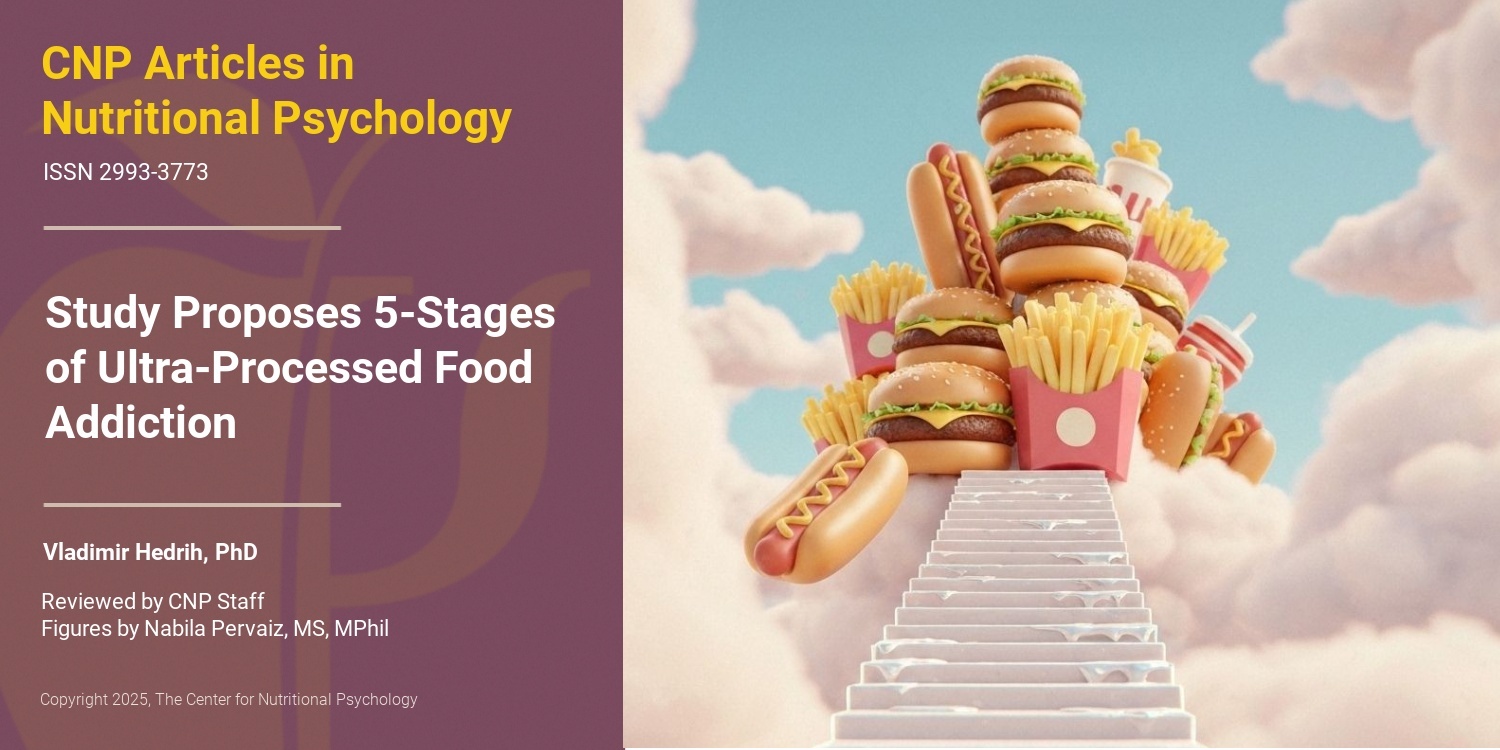The relationship between serum concentration of vitamin D, total intracranial volume, and severity of depressive symptoms in patients with major depressive disorder
Zhu et al. (2019) studied the total intracranial volume (TIV) of 50 patients with major depressive disorder (MDD). They used high-resolution structural magnetic resonance imaging to explore the neural substrate that underlies the link between depression and vitamin D deficiency. As well as collecting peripheral venous blood samples (to measure serum vitamin D concentrations), the researchers employed the Hamilton Rating Scale for Depression (HAMD) to assess depression symptom severity. In patients with MDD, HAMD score was negatively correlated with TIV and serum vitamin D concentration, and TIV was positively correlated with serum vitamin D concentration. TIV and serum vitamin D levels were observed to significantly predict HAMD score in the linear regression analyses, while mediation analysis showed that TIV significantly mediated the relationship between serum vitamin D concentration and HAMD scores. The researchers conclude that TIV may serve as a neural biomarker for monitoring responses to adjuvant therapy of vitamin D in patients with MDD. [NPID: psychiatric disorders, major depressive disorder, MDD, vitamin D]
Year: 2019
 Navigation
Navigation






